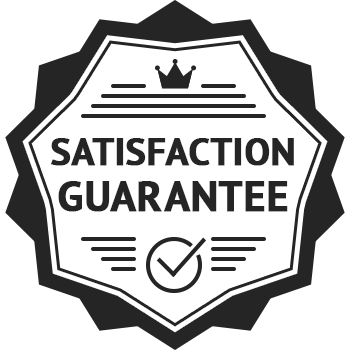Nylon Weightlifting Belt with Flexible Ultralight Foam Core
The Nylon Weightlifting Belt with Flexible Ultralight Foam Core is more than just a fitness accessory; it’s an essential tool for serious lifters dedicated to achieving their strength training goals. Designed for athletes at all levels—from beginners to experienced weightlifters—this belt will help you maximize stability and performance during your workouts.
Who Needs This Product?
This weightlifting belt is ideal for:
- Weightlifters: Anyone engaged in Olympic weightlifting, powerlifting, or strength training.
- Functional Fitness Enthusiasts: Those participating in CrossFit or other comprehensive fitness regimes.
- Recreational Lifters: Fitness enthusiasts looking to enhance their general strength while minimizing injury risk.
Why You Need This Product
Weightlifting belts provide additional support and stability, enabling you to lift heavier weights more safely. Here’s why the Nylon Weightlifting Belt is essential for your training:
- Improved Intra-Abdominal Pressure: By increasing intra-abdominal pressure, this belt helps stabilize your spine during heavy lifts.
- Injury Prevention: The added support minimizes the risk of injuries associated with heavy lifting.
- Enhanced Performance: Wearing a weightlifting belt can give you the confidence to challenge yourself with heavier weights.
How to Determine if You Need This Product
Consider these factors to determine whether the Nylon Weightlifting Belt is suitable for you:
- Do you lift heavy weights? If your training involves maximal lifts—like squats and deadlifts—a belt can be beneficial.
- Are you experiencing back pain? If lifting has led to discomfort, a supportive belt can help relieve pressure on your lower back.
- Are you serious about enhancing your lifting technique? If you’re committed to improving your form and performance, using a belt can aid your journey.
Characteristics of the Product
The Nylon Weightlifting Belt is designed with various features to enhance user experience:
- Flexible Ultralight Foam Core: Provides comfort while maintaining support.
- Auto-Lock Fastening Technology: Ensures a secure fit and adjustable performance without slipping.
- Lightweight Construction: Designed for ease of movement and breathability during intense workout sessions.
- Sizing Options: Available in sizes M, L, and XL, ensuring the perfect fit for every user.
Before purchasing, utilize our sizing chart to ensure optimal comfort and effectiveness. To order the correct size, measure your true waist size with a flexible tape measure rather than relying on pants size. Select a size smaller if you find yourself in-between options.
Common Questions About Weightlifting Belts
Q: When should I wear a weightlifting belt?
A: It’s best to wear a lifting belt during maximal or near-maximal lifts to protect your back from strain, especially in exercises like squats and deadlifts.
Q: Can using a weightlifting belt replace core training?
A: No, a weightlifting belt does not substitute for core training; it supports your core during heavy lifts. Make sure to maintain a balanced workout routine that strengthens your core muscles.
Q: How tight should I wear my weightlifting belt?
A: A general guideline is to wear it one hole looser than tight. This ensures that while your abdomen is supported, you still have enough room to breathe comfortably.
Symptoms Indicating Suitability for This Product
If you frequently experience:
- Lower back discomfort during lifts
- Lack of stability when lifting heavier weights
- Anxiety about injuries while training
Then the Nylon Weightlifting Belt may be the right product for you.
Advantages of the ZSZBACE Weightlifting Belt
Some unique features of the ZSZBACE Weightlifting Belt that stand out include:
- Comfortable, Breathable Material: Made from a high-quality neoprene build, it ensures comfort during extended training sessions.
- Sturdy Design: This belt can withstand heavy lifting pressures and won’t fail even under the most demanding conditions.
- Versatile Use: Ideal for various exercises, it supports your training, whether in the gym or at home.
Generally Recommended Activities for Using This Belt
It is advised to use this belt for the following exercises:
- Squats
- Deadlifts
- Barbell Rows
- Overhead Presses
Conclusion
In conclusion, the Nylon Weightlifting Belt with Flexible Ultralight Foam Core is an essential addition to your fitness accessories, promoting enhanced performance while providing the stability and support necessary for serious weightlifting.
For anyone serious about their training, the Sports Fitness Belts can help maximize your lifts while significantly reducing the risk of injury.
Explore more options in our Lumbar Supports and Waist Trimmers collection to take your training to the next level!









